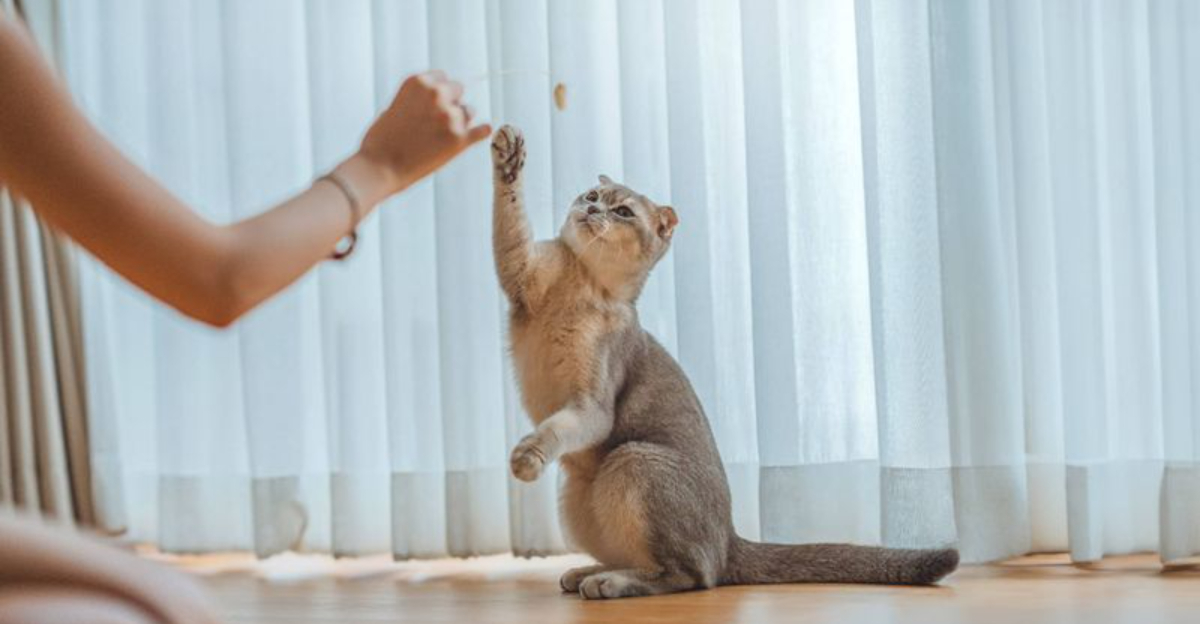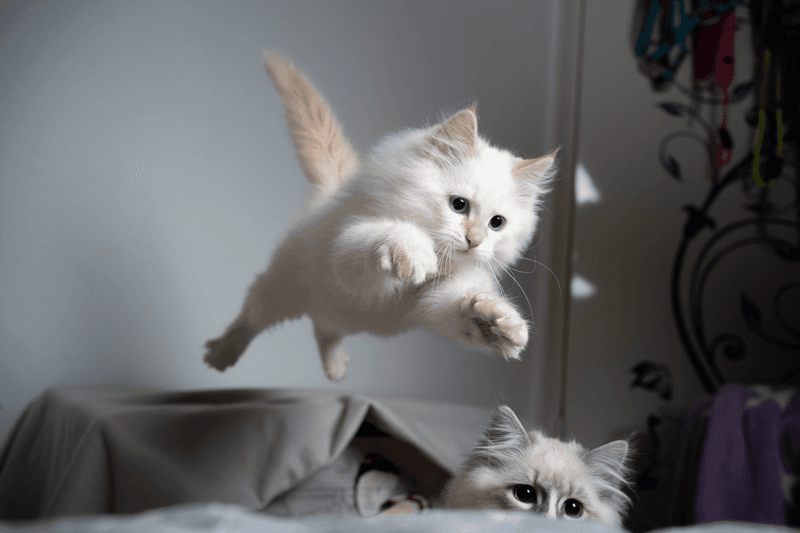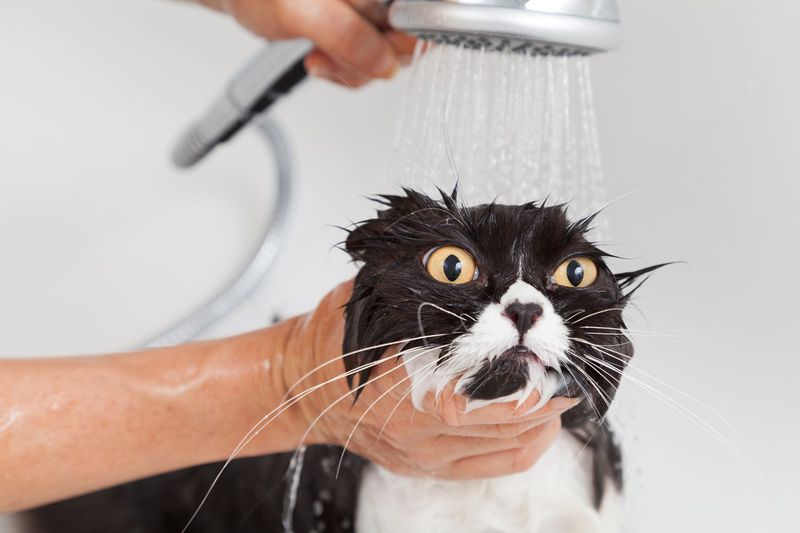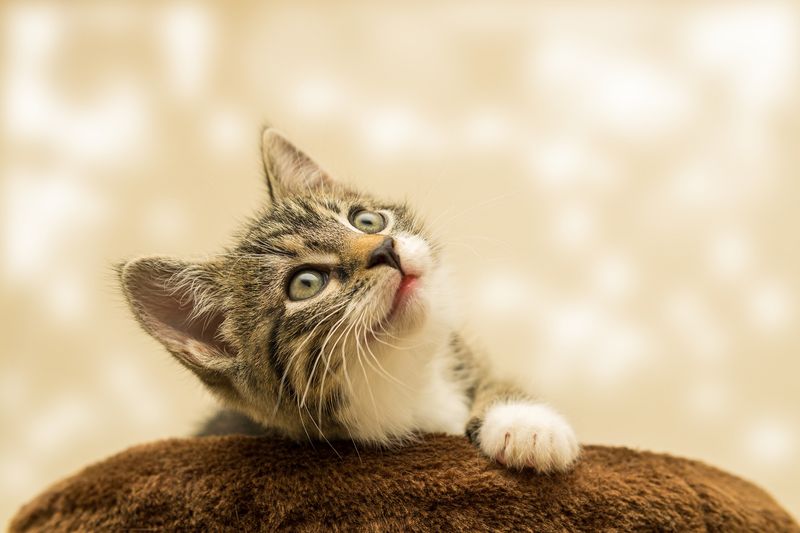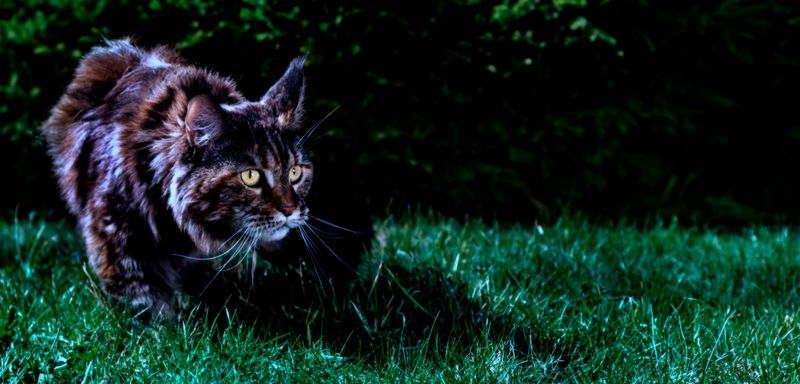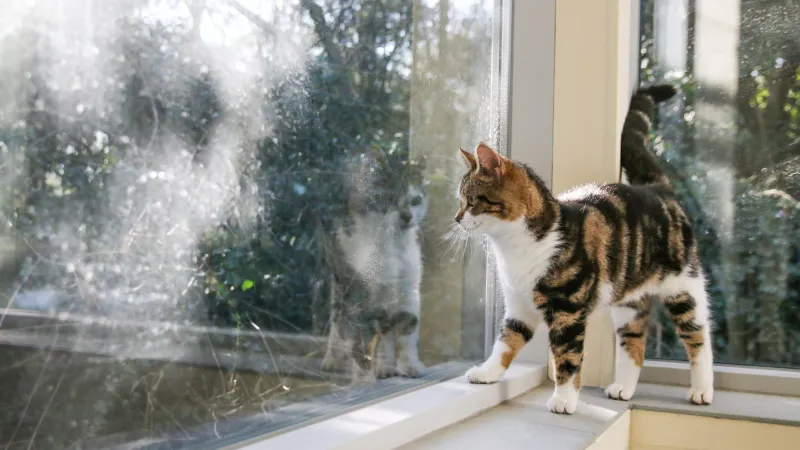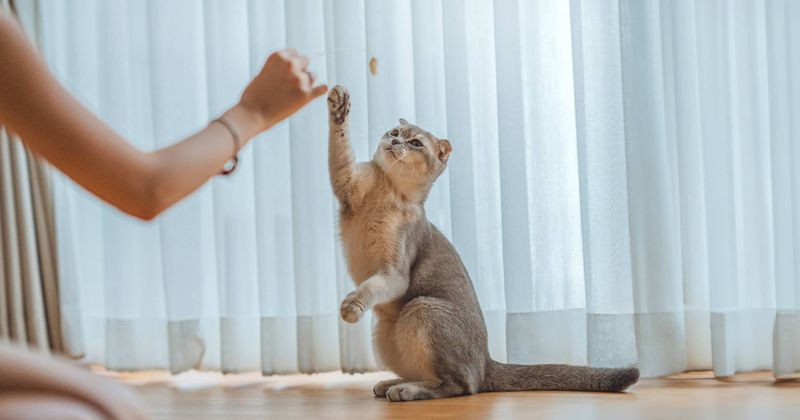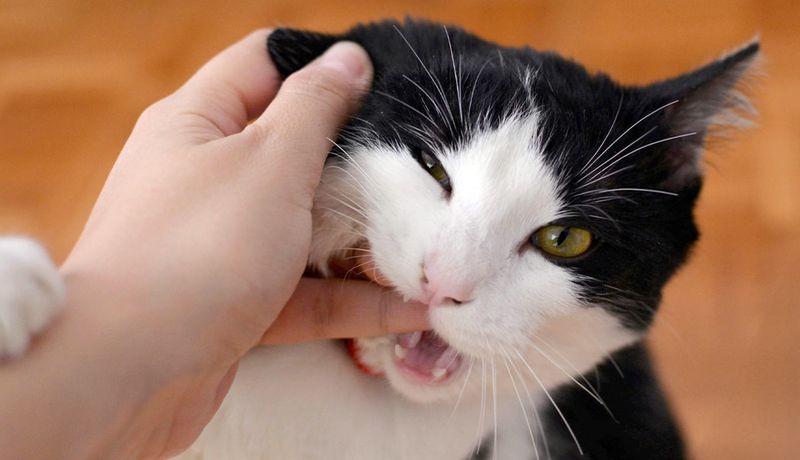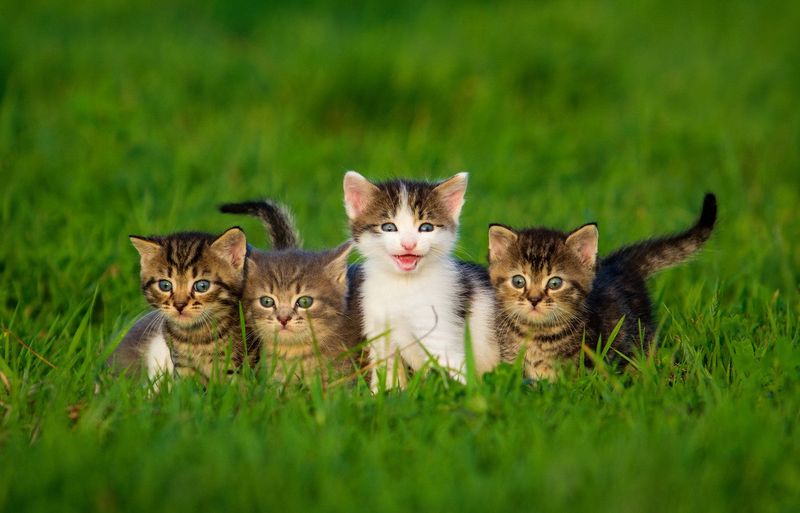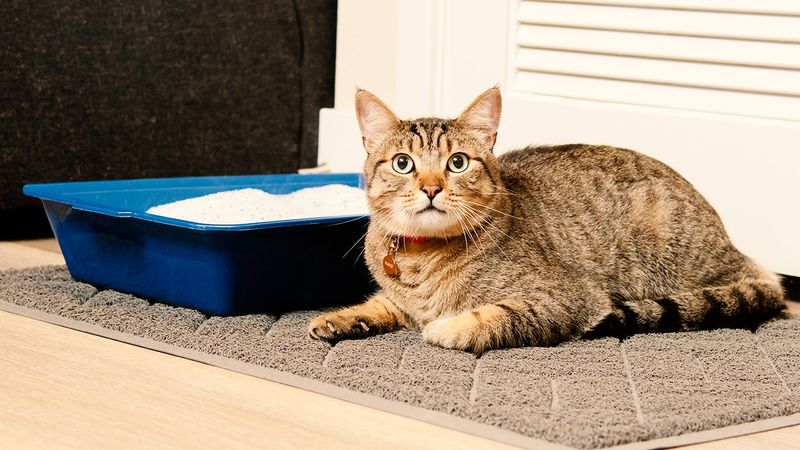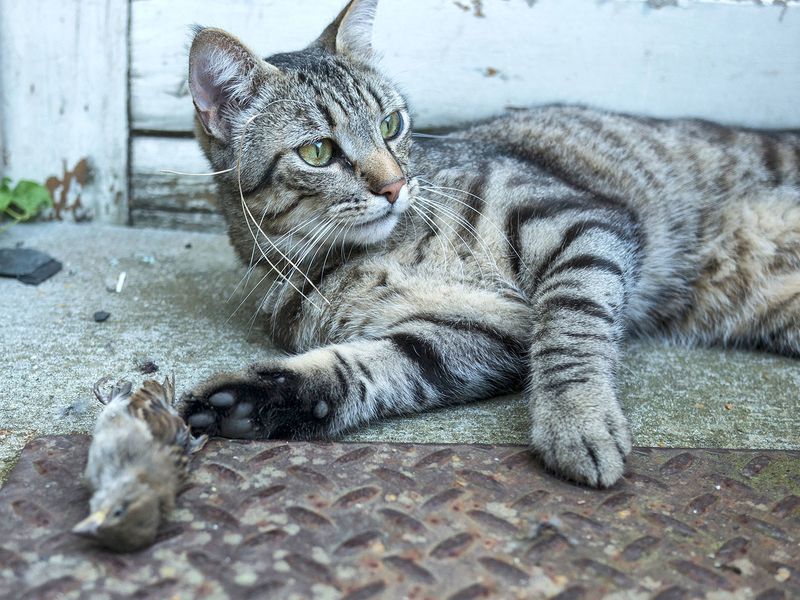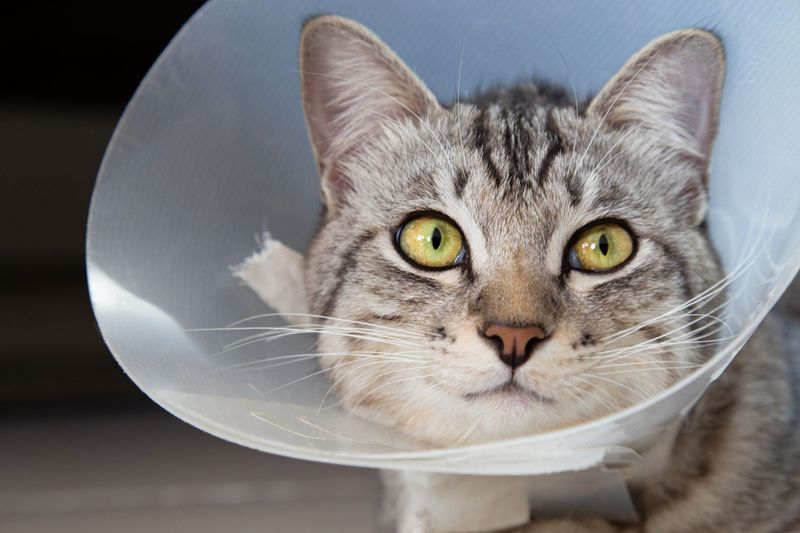📖 Table of Content:
- 1. Cats Always Land on Their Feet
- 2. Cats Hate Water
- 3. Cats Are Aloof and Unloving
- 4. Cats Have Nine Lives
- 5. Cats Can See in Complete Darkness
- 6. A Cat’s Purr Always Means Happiness
- 7. Cats Are Solely Nocturnal
- 8. Indoor Cats Lead Boring Lives
- 9. Cats Are Low-Maintenance Pets
- 10. Cats Cannot Be Trained
- 11. Cats Only Meow to Communicate with Humans
- 12. Cats Are Not Social Creatures
- 13. Litter Box Problems Are Always Behavioral
- 14. All Cats Are Natural Hunters
- 15. Spaying or Neutering Ruins a Cat’s Personality
For generations, cats have been wrapped in myths and fueled debates among pet owners. These captivating creatures continue to spark both wonder and controversy due to long-standing misconceptions. Their mysterious nature and intriguing behaviors have led many to form opinions that don’t always align with reality. The enduring allure of cats invites us to look deeper into what truly defines them.
From quirky habits to remarkable abilities, there’s a vast range of topics that warrant exploration. Many of these myths have been passed down through the years, blending folklore with anecdotal observations. As a result, our understanding of feline behavior often reflects a mix of fact and fiction. Unraveling these tales can provide clarity and enrich our appreciation for these unique companions.
By debunking these common misconceptions, we aim to provide fresh insights that help you better care for and understand your pet. Explore the fascinating layers of cat lore to uncover the truths hidden behind each myth. Embrace this journey toward a more informed and rewarding relationship with your beloved cat.
1. Cats Always Land on Their Feet
Many believe cats possess an infallible righting reflex, but while they are agile, falls can still lead to injuries. Cats have a unique skeletal structure and flexible spine that help them twist mid-air. Yet, despite their abilities, they are not invincible. Accidents can happen, especially from significant heights where they might not have enough time to adjust. Pet owners should ensure windows and balconies are secure to prevent falls. Understanding this myth can help keep cats safe and sound.
2. Cats Hate Water
Although most cats avoid getting wet, some breeds, like the Turkish Van, are known to enjoy water play. This breed, often called the “swimming cat,” defies the common belief that all cats despise water. Many cats find water distressing due to their fur becoming heavy and uncomfortable when wet. However, introducing cats to water slowly and positively can sometimes change their perception. Each cat is unique, and their preferences may vary widely.
3. Cats Are Aloof and Unloving
Contrary to the stereotype, many cats form deep bonds with their owners and crave affection. They often show love through purring, head-butting, and sitting close. These behaviors indicate trust and comfort. Cats may seem independent, but they enjoy companionship and interaction in their own way. Creating a nurturing environment fosters these connections. Understanding and respecting their boundaries while offering love can lead to a fulfilling relationship. Cats can be as loving as dogs, just different in expressing it.
4. Cats Have Nine Lives
This age-old saying exaggerates a cat’s resilience, when in reality, they are as vulnerable to harm as any other animal. While their agility and reflexes seem miraculous, they are not immune to accidents. The myth likely originated from their ability to escape precarious situations. Pet owners should focus on providing a safe environment to mitigate risks. Educating oneself on this myth can enhance a cat’s well-being and longevity.
5. Cats Can See in Complete Darkness
Cats have excellent low-light vision but cannot see in total darkness without any light at all. Their eyes contain more rod cells than human eyes, allowing them to detect minimal light. However, complete darkness renders them just as blind. This myth often leads to misunderstandings about their night-time capabilities. Ensuring a safe home environment with minimal lighting helps them navigate comfortably at night.
6. A Cat’s Purr Always Means Happiness
While purring often indicates contentment, cats also purr when stressed, in pain, or seeking comfort. It’s a multi-purpose tool in their communication arsenal. Observing body language and context helps interpret their feelings accurately. Providing a stress-free environment and understanding their cues promotes a harmonious living situation. Recognizing the true meaning behind a purr can lead to better care and connection.
7. Cats Are Solely Nocturnal
In fact, cats are crepuscular, meaning they are most active during dawn and dusk rather than all night. This pattern aligns with their hunting instincts, as many prey animals are active during these times. Providing interactive play during these periods can satisfy their natural urges. Understanding their rhythm helps in accommodating their needs and facilitates a peaceful coexistence.
8. Indoor Cats Lead Boring Lives
With the right environmental enrichment and play, indoor cats can be just as stimulated and happy as outdoor ones. Indoor living protects them from numerous hazards like traffic and predators. Offering a variety of toys, climbing structures, and interactive playtime caters to their physical and mental needs. Creating a vibrant environment ensures they thrive and remain engaged. Indoor cats can enjoy fulfilling, adventurous lives within the safety of home.
9. Cats Are Low-Maintenance Pets
Although they are independent, cats still require regular grooming, play, and mental stimulation to thrive. Their coats need attention to prevent matting, and their sharp minds need engagement. Neglecting these aspects can lead to behavioral issues. Understanding their needs and committing to their care fosters a happier, healthier pet. Cats are companions that flourish with proper attention, despite their reputation for independence.
10. Cats Cannot Be Trained
Despite common belief, cats are capable of learning tricks and commands with the right motivation and patience. They respond well to positive reinforcement techniques similar to those used with dogs. Training sessions should be short, engaging, and fun. Using toys and treats as rewards builds trust and understanding. Training enhances their mental stimulation and strengthens the human-animal bond. It’s a rewarding endeavor for both parties.
11. Cats Only Meow to Communicate with Humans
While meowing is largely reserved for interacting with people, cats use body language and other sounds to communicate with each other. They express themselves through purrs, hisses, and chirps, among other sounds. Understanding these signals requires observing their interactions closely. This myth highlights the unique relationship cats have with humans, adapting their communication for us. Their language is rich and varied, offering insights into their world.
12. Cats Are Not Social Creatures
Many cats enjoy social interactions with other pets and people, debunking the idea that they are solitary by nature. Their social behavior depends on their personality, history, and environment. Providing opportunities for interaction and play with others fosters social bonds. Recognizing and respecting their social needs can lead to a more harmonious home environment. Cats can be wonderfully social animals, offering companionship and affection.
13. Litter Box Problems Are Always Behavioral
Often, litter box issues stem from medical conditions or environmental factors, not just bad behavior. Changes in habits can indicate health problems like urinary tract infections. Keeping the litter box clean and accessible is crucial for their comfort. Consulting a veterinarian can help address potential medical concerns. Understanding the root causes of litter box problems ensures better care and well-being for your feline friend.
14. All Cats Are Natural Hunters
While hunting instincts are common, some domesticated cats show little interest in stalking or catching prey. Their environment and upbringing influence these behaviors. Providing stimulating toys and activities can encourage natural instincts. However, not all cats are driven by the hunt. Respecting their individual preferences is key to understanding and appreciating their diverse personalities.
15. Spaying or Neutering Ruins a Cat’s Personality
In reality, spaying or neutering often leads to calmer, healthier cats with reduced tendencies toward aggressive or territorial behavior. These procedures help in controlling unwanted litters and decrease health risks. Post-surgery, cats often become more affectionate and relaxed. The myth of personality change deters some owners from making responsible decisions. Educating about the benefits helps improve their quality of life and strengthens their bond with owners.
